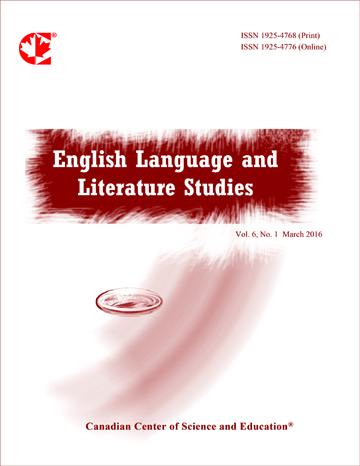Speech Errors in English as Foreign Language: A Case Study of Engineering Students in Croatia
- Mirjana Kovac
Abstract
The study reported in this paper investigates the frequency and distribution of speech errors, as well as the influence of the task type on their rate. The participants of the study were 101 engineering students in Croatia. A recorded speech sample in the English language (L2) lasting for approximately ten hours was transcribed, whereby more than three and a half thousand speech errors were recorded. Morphological errors were dominant due to a significantly frequent omission of articles. The distribution of different subcategories of lexical errors pointed to a relatively low frequency of unintended L1 switches, indicating that the participants were able to separate the two languages during lexical access.
Statistical testings of the influence of the task type on speech errors displayed that the retelling of a chronological order of events resulted in a significantly higher rate of syntactic errors if compared to other tasks. Due to limited attentional resources and insufficient knowledge, the speaker cannot process the message within the time constraints. The rate of lexical and phonological errors depended on the frequency of use, that is, less frequently used words were more susceptible to lexical errors than high-frequency words. The retelling of a chronological order of events is a demanding task, for this reason, this task type should be more practiced in foreign language teaching.
- Full Text:
 PDF
PDF
- DOI:10.5539/ells.v1n1p20
